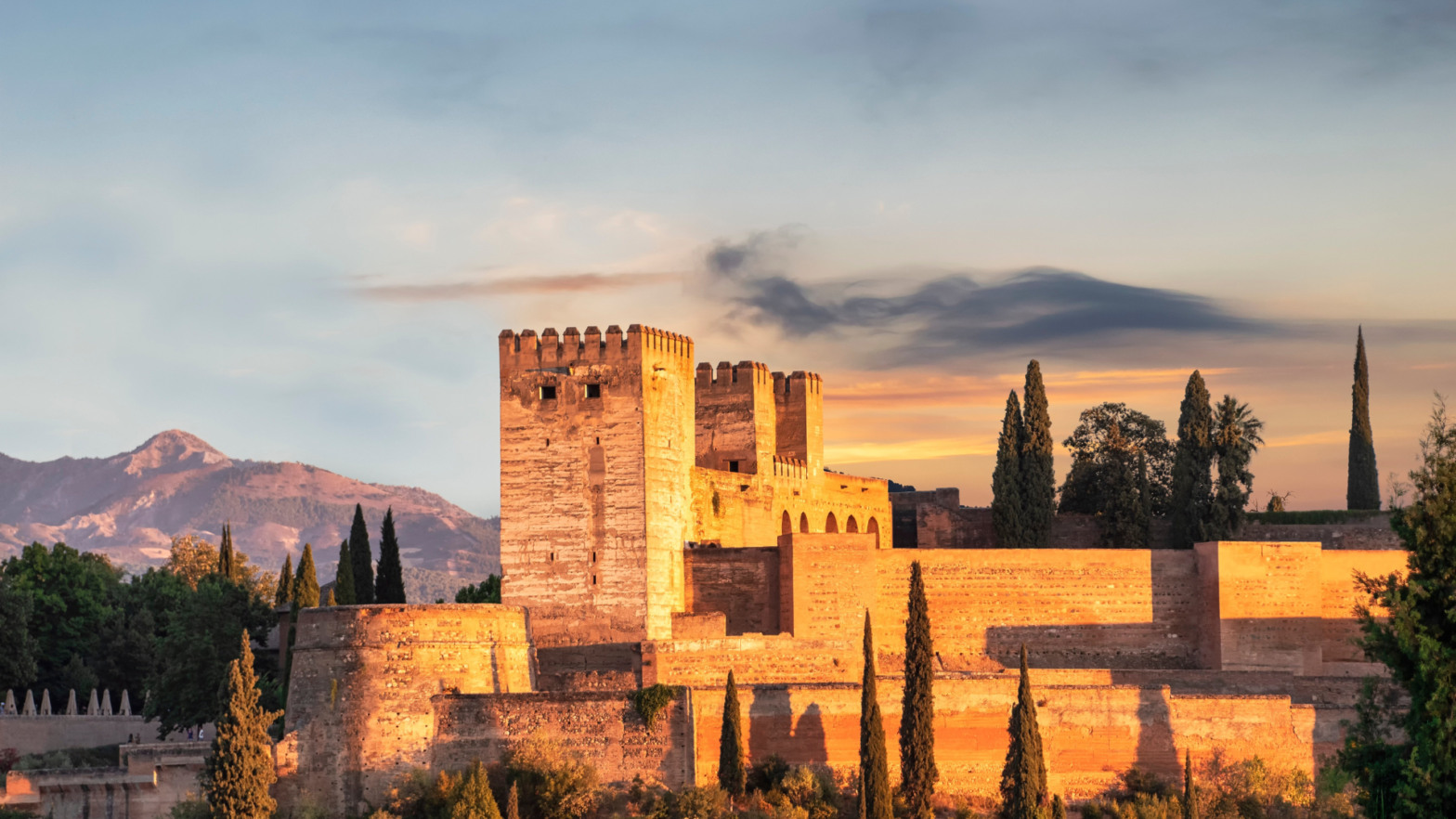Granada is a must-see for anyone planning to get to know more about the culture and history of the Iberian Peninsula. A place you should definitely visit when spending time in this charming city is the Alhambra palace and park complex. Visitors can not only visit this historic building, but also… spend the night there.
In the heart of the Alhambra
The Parador de Granada is an extremely atmospheric place, created for those looking to relax in a unique environment. It is also a space where Salvador Dali or Rita Hayworth, among others, stayed years ago. A stay there makes an unforgettable impression on visitors and tourists alike. The Parador de Granada is one of the most popular of the chain’s more than 93 Spanish hotels. All establishments offer a unique combination of history, art and architecture, as well as high-quality service.
The uniqueness of the site in Granada can be seen in the fact that it has hosted royal families, leaders, celebrities, artists and now historical figures. What also makes this place extraordinary is its location, which is unparalleled in Europe. This is because the hotel is set amidst the gardens of the incredible Alhambra. The Parador de Granada even has its own museum – one of only three in the entire chain.
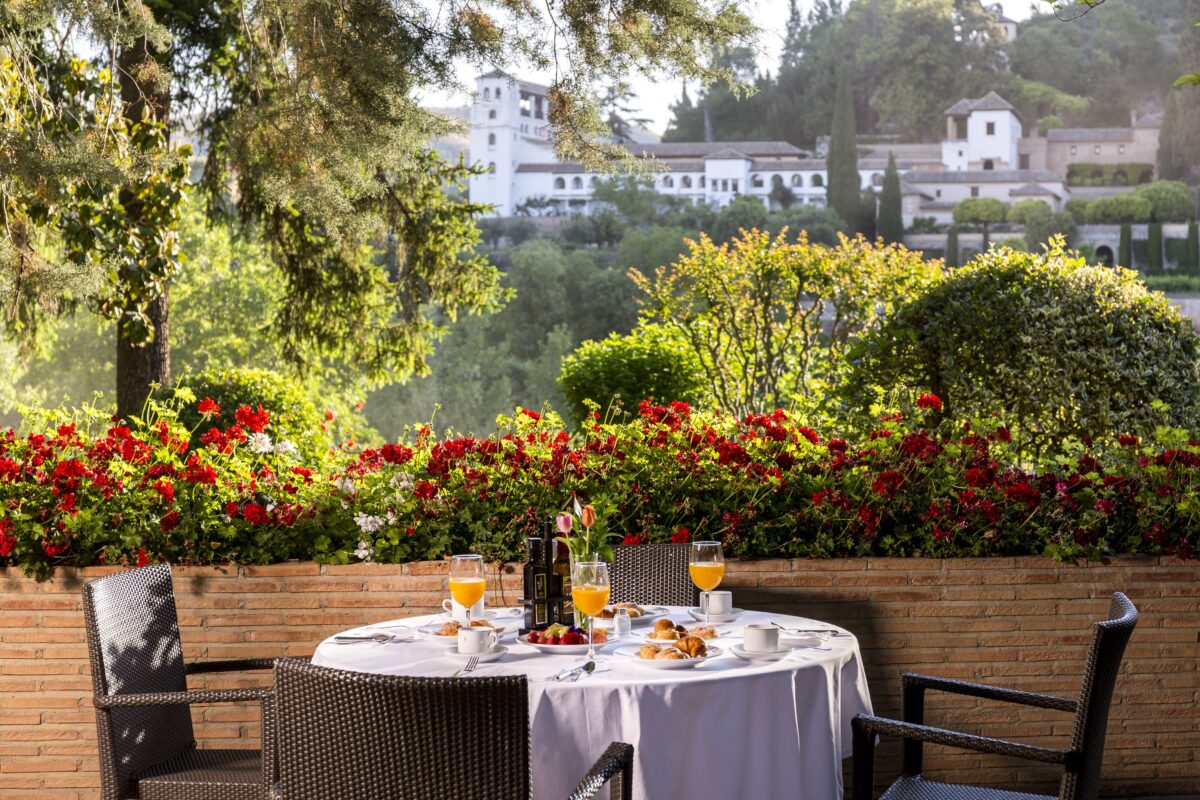
A story from centuries ago
The hotel is located in the fortified residence of the Moorish emirs of Granada. The building was constructed in the 13th century and was extended until the 14th century. After the Arabs were expelled from the Iberian Peninsula, the Spanish kings decided to use the Moorish palace as an ideal location for a religious congregation. Thus, the Monastery of Saint Francis was founded, where Mass was celebrated for the first time on 6 January 1492.
In the early 14th century, the site was home to the Infantes Palace, built by Mohammed V, with its own mihrab (prayer niche) pointing in the direction of Mecca. At the time when the Catholic monarchs besieged Granada, Queen Isabella I of Castile vowed to build a shrine to her beloved Saint Francis in the Alhambra after her victory. As a result, a Franciscan monastery was built on the site at the end of the 15th century, after the Moors were defeated in 1492.
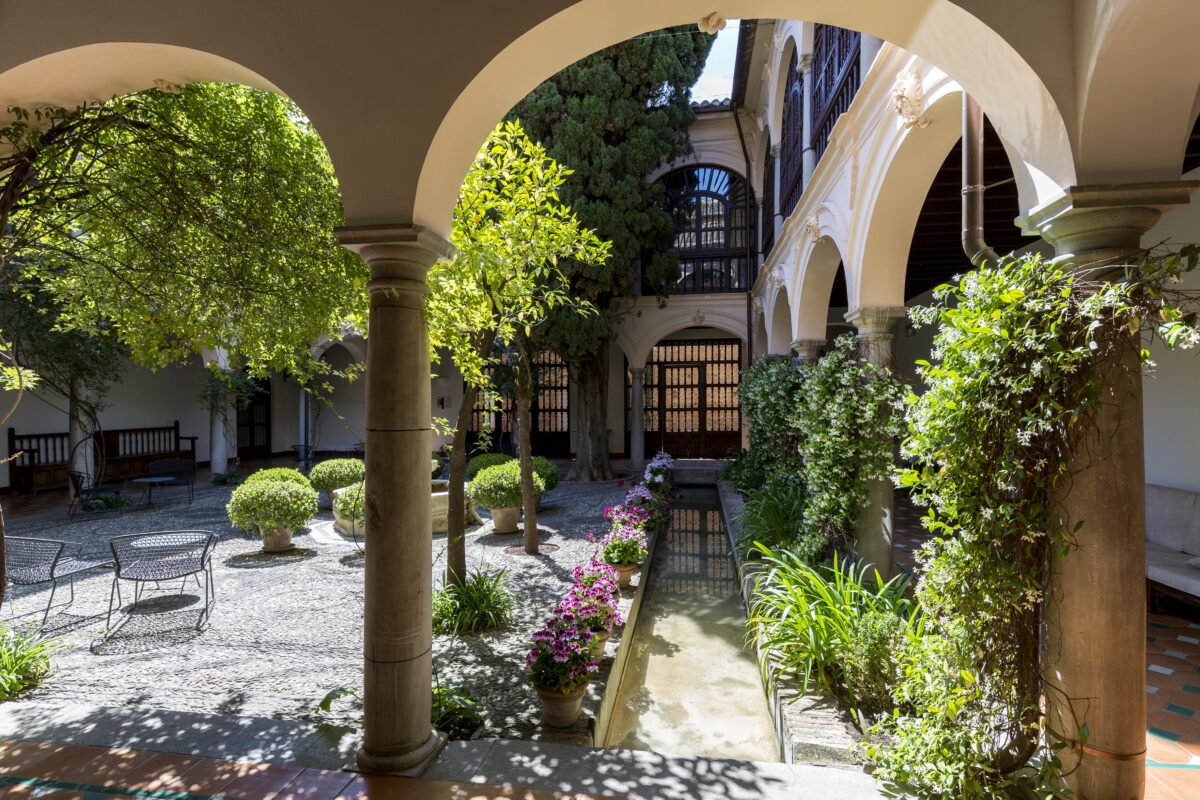
Interestingly, in her will of 1504, Queen Isabella asked to be buried in this very monastery. And indeed, her mortal remains were deposited in the convent church, awaiting the completion of the royal chapel. Today, the bodies of King Fernando of Aragon and Queen Isabella rest in the Royal Chapel adjacent to Granada Cathedral. By the early 17th century, the monastery was already in need of repairs, as evidenced by official letters requesting funds for this purpose. In 1708, the church was in danger of collapsing due to a series of winter storms, prompting the authorities to invest. The present-day bell tower was built in 1787, as evidenced by an inscription found on one of its walls.
Much of the building’s current appearance dates from the 18th century. During the French occupation of Granada in the early 19th century, the monastery was used as a barracks by French troops. This caused considerable damage that stripped the palace of its wooden furniture, which was used as… fuel for heating. Between 1927 and 1929, under the direction of Leopoldo Torres Balbás – then architectural curator of the Alhambra – restoration work was undertaken. Archaeological excavations and surveys were also started, which uncovered part of the original Nasrid palace.
The former monastery was converted into a residence for artists and became the Parador Hotel in 1945. Four years later, the remains of the early Arab baths were discovered, of which the original tiles have survived. Features such as the main courtyard and the Patio de Isabel La Catolica in the former Nazari Palace can still be seen in the building. It is worth noting that the remarkable cloister, which boasts 16 Tuscan columns with low arches between them, is open to the public.
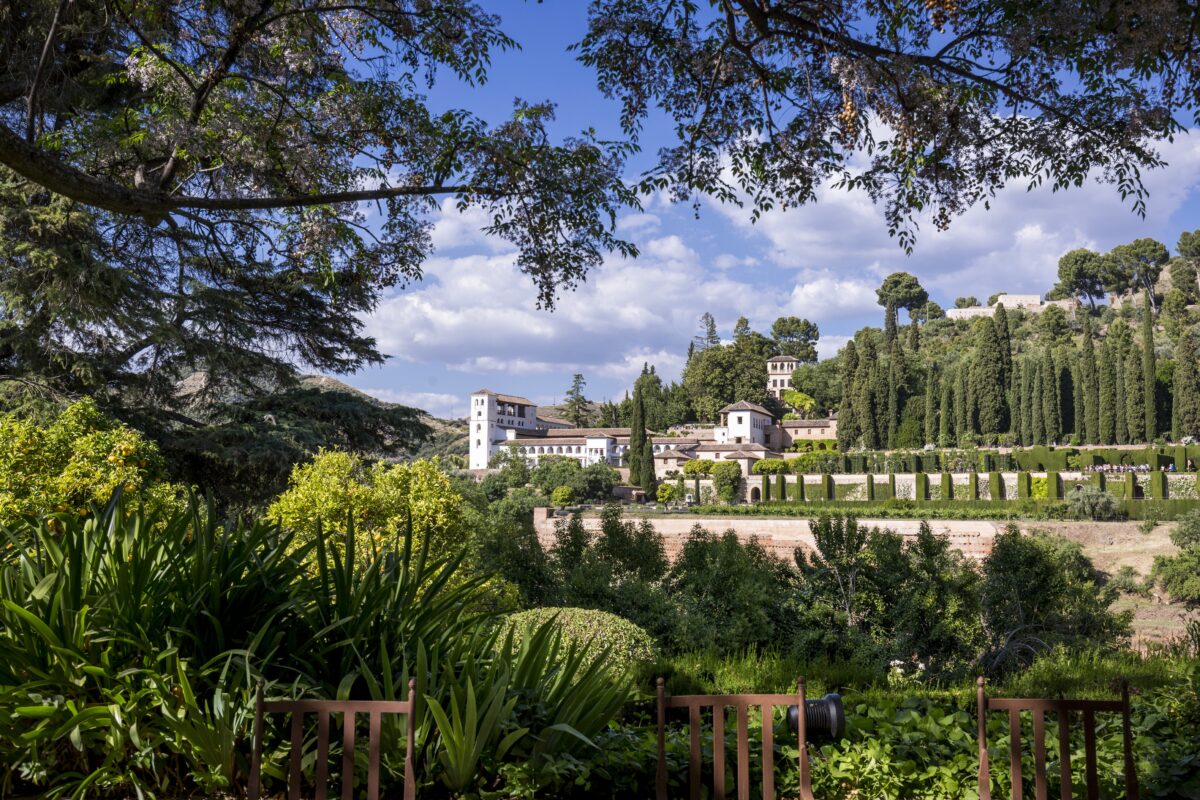
The city’s multicultural past
The walls of the nearly 1,000square metre mansion hide beautifully decorated interiors – some of which are covered with azulejos, or painted tiles. Inside, there are also several courtyards with gardens, and the rooms are decorated with marbles or ornaments. It is noteworthy that today each hotel room offered to guests is different. Its decoration refers to the history and style of the Alhambra – in the bathrooms, for example, fragments of historic walls have been left exposed. The unique atmosphere of the Parador de Granada is a perfect inspiration.
The brick walls conceal a dreamlike interior, where exceptional works of art and furniture combine with spectacular views of the Generalife gardens. Hence, many visitors to these interiors choose to spend an evening just strolling through the historic complex. The original courtyard, transformed into a monastery, the Arab Hall and the qubba – a magnificent vantage point overlooking the Generalife – still remain. Under the dome of the muqarnas are the temporary tombs of the Catholic monarchs. As visitors to the site emphasise, spending a night in the Alhambra, amidst the gardens and fountains, is an incredible experience.
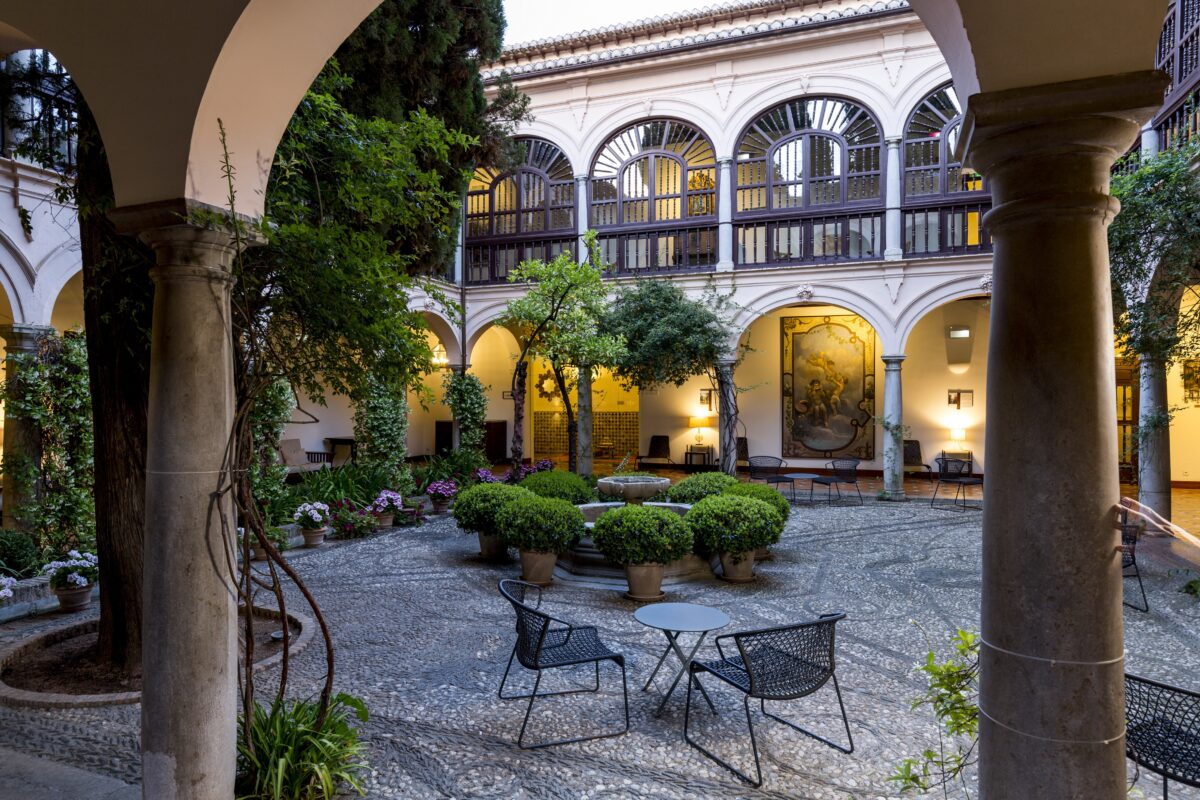
History and flavours of Andalusia
Hotels from the Parador chain – of which the property in Granada is one – are renowned for their excellent cuisine, based on regional flavours and products. A stay here is therefore a feast not only for the eyes, but also for even the most sophisticated gourmets and seekers of ancient culinary traditions. Walking through the corridors of the hotel, one can admire many memorabilia related to the history of Granada, photographs and graphics showing ancient interiors and views. Each guest receives a guidebook, encouraging them to learn more about the history of the Alhambra. The monastery chapel and the courtyards with gardens are worth a look to relax in the shade.
The word ‘parador’ in Spanish means luxury inn. The chain was founded at the beginning of the 20th century, when King Alfonso XIII and the Spanish government wanted to support the development of tourism. The first hotel opened in 1928 in the Sierra de Gredos, between Madrid and Avila, amidst a beautiful landscape. Thus began the history of exceptional hotels, housed in historic buildings that bear witness to Spain’s history: castles, fortresses, monasteries, some of which are UNESCO World Heritage sites.
In the 1960s, with the growth of tourism in Spain, the golden era of Parador hotels began. As many as 43 new establishments were built then. In the 1980s, the symbolic Hotel of the Catholic Kings in the very centre of Santiago de Compostela, which is extremely important for Spain’s heritage, was also added to the chain. Today, the chain consists of 93 hotels, so you can travel through Spain on the trail of extraordinary Parador hotels.
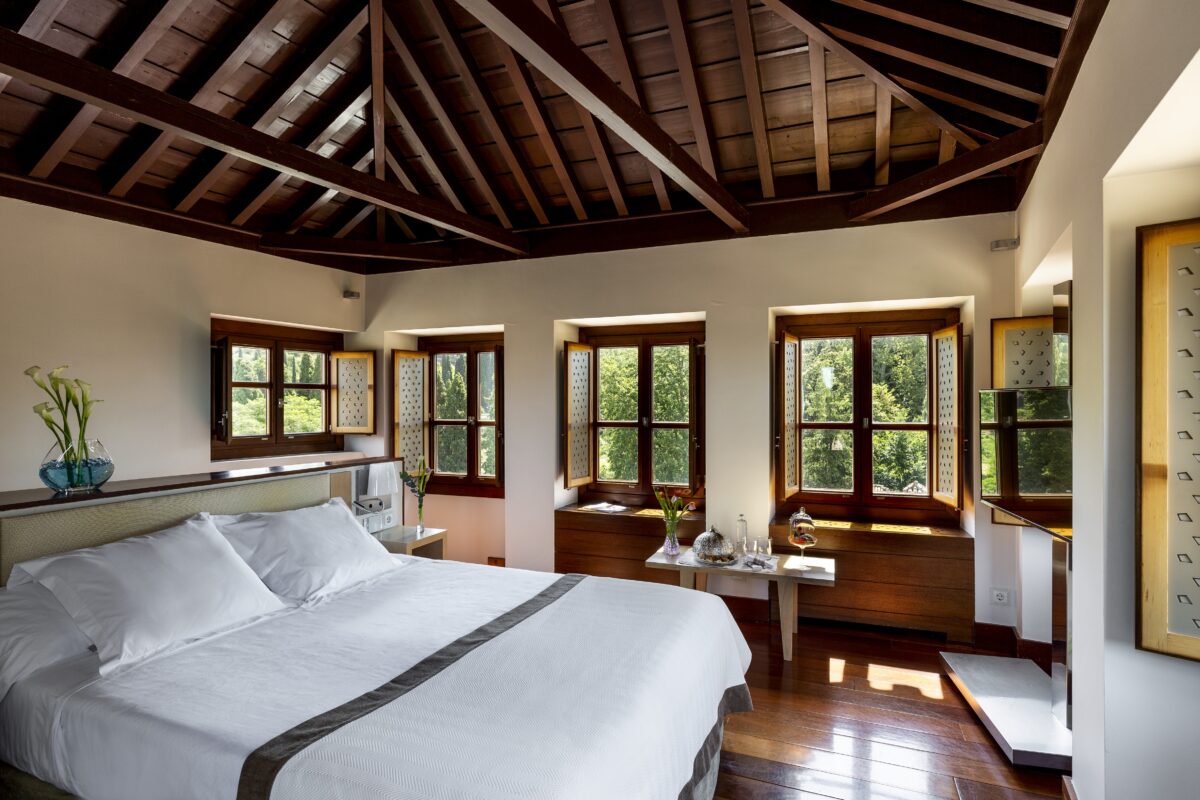
It is worth knowing that.
The Parador Hotel is located on a hill, approximately 1.5 km from the centre of Granada. To reach the city’s shops or restaurants you also have to walk about 1,000 metres. 1.5 kilometres separate the hotel from the city’s most important monuments – the Cathedral of Granada and the Royal Chapel. 2 kilometres from the property are the Basilica of San Juan de Dios and the Cuevas del Sacromonte Museum. In turn, it is approximately 142 km to the nearest Malaga Airport.
Today, the hotel is a four-star establishment, regularly renovated, which has 40 rooms – located on two floors. There are two lifts, a lobby, a 24-hour reception and à la carte restaurants with local cuisine: Parador de Granada and El Almorí del Generalife.

